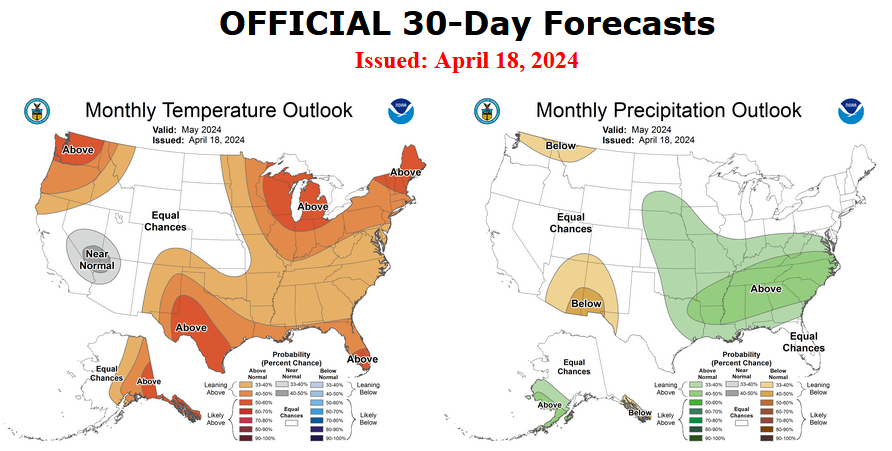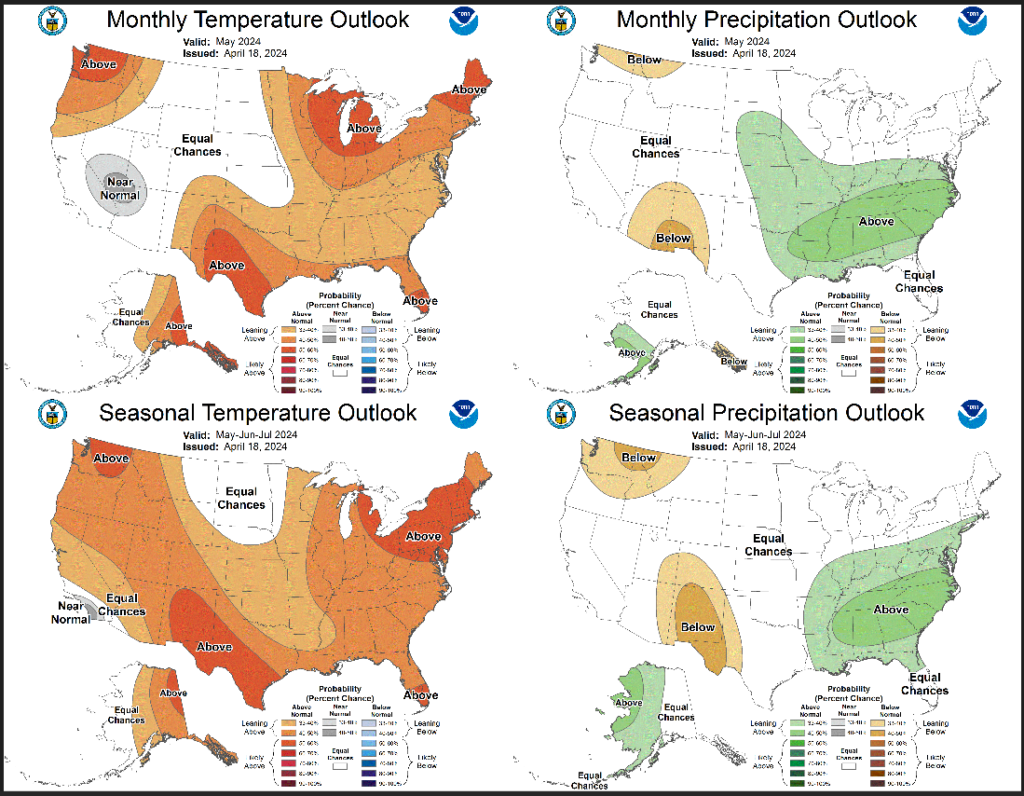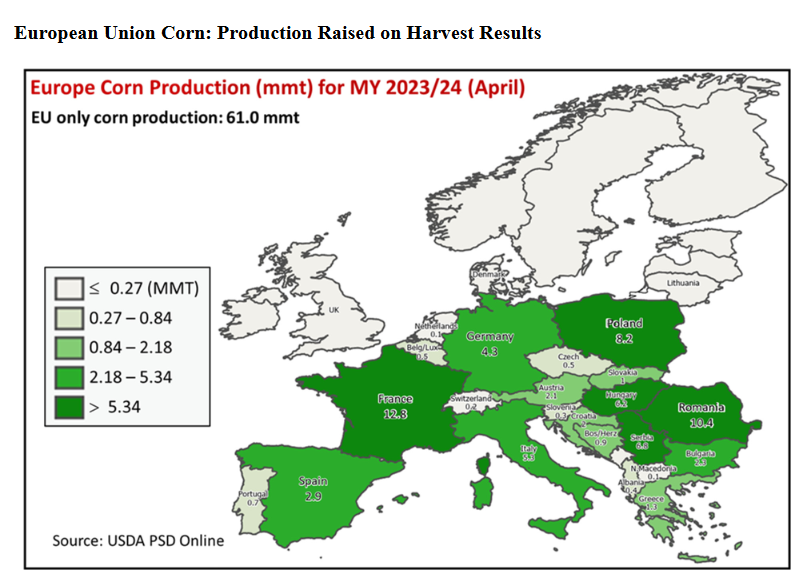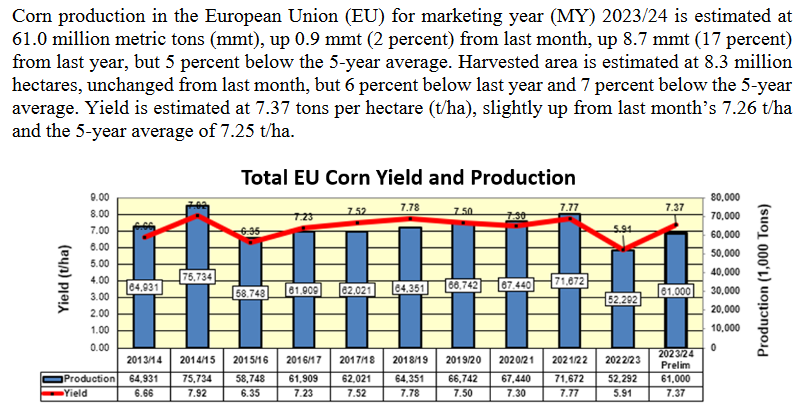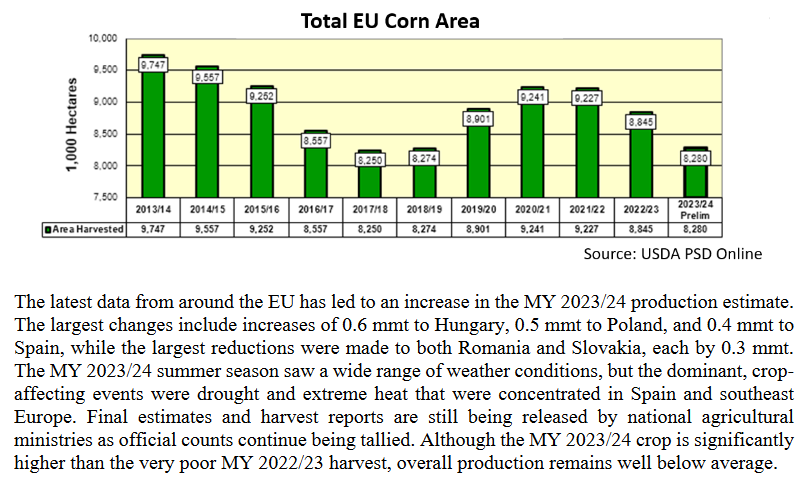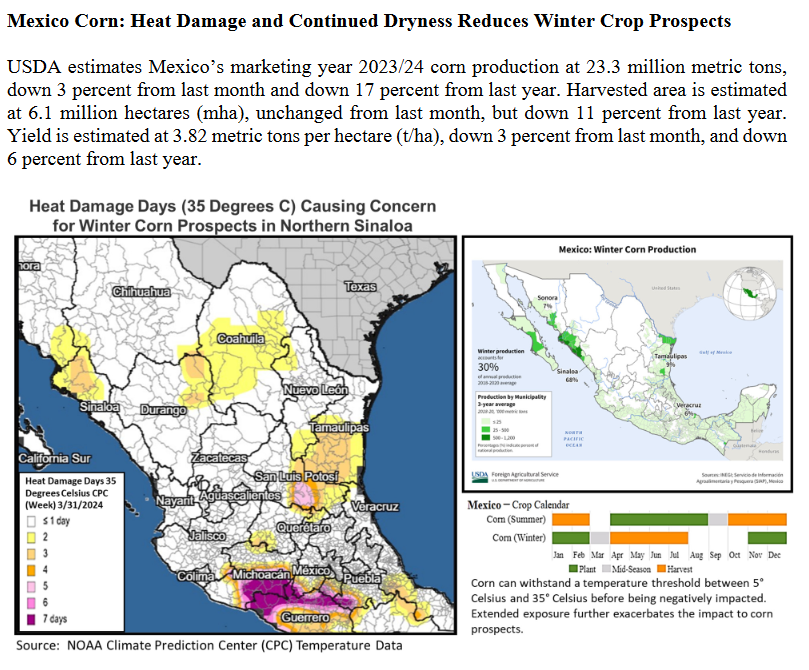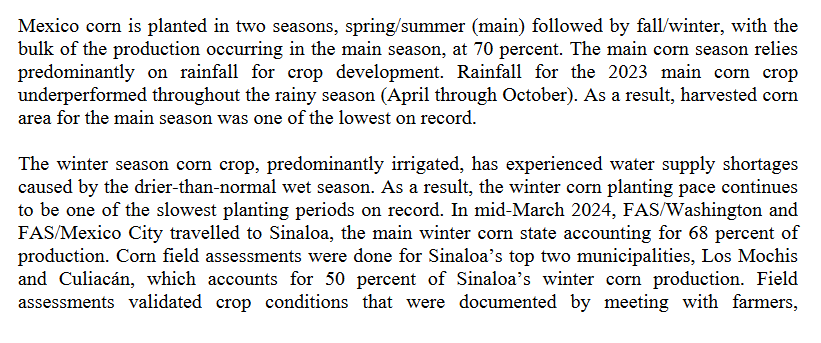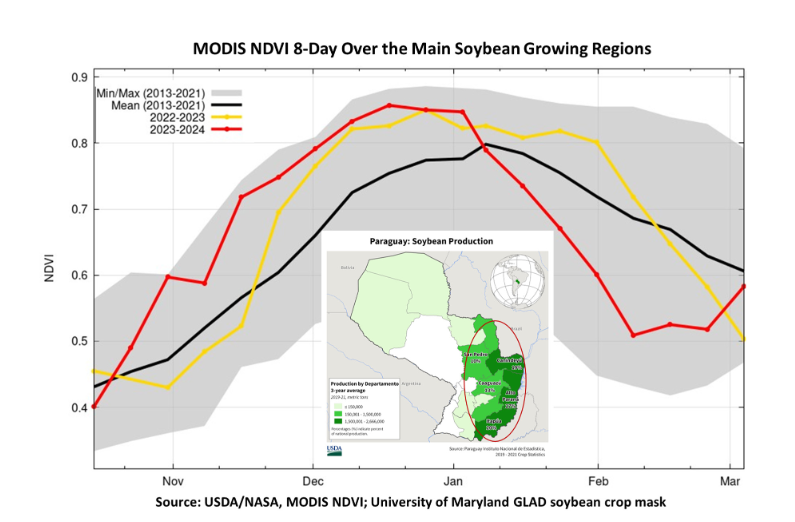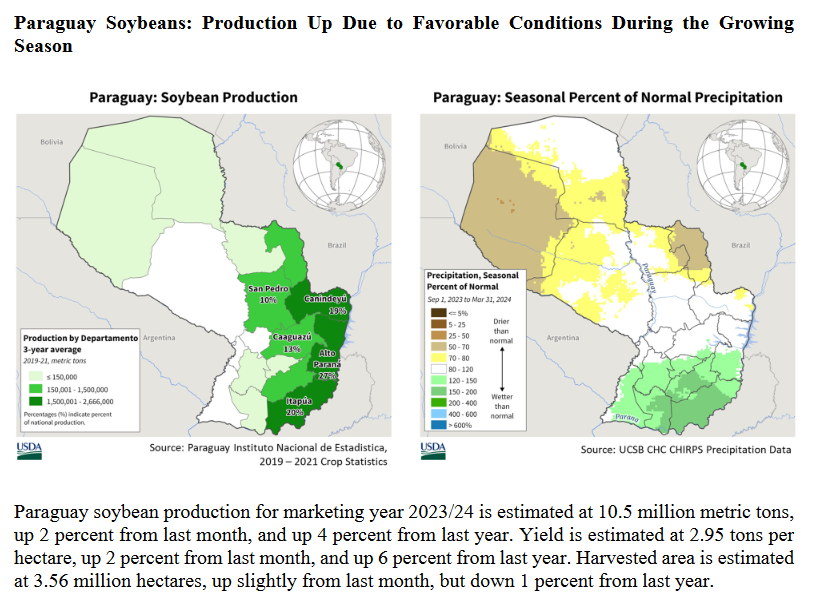Today Through the Fourth Friday (22 to 28 days) Weather Outlook for the U.S. and a Six-Day Forecast for the World: posted April 20, 2024
It is difficult to find a more comprehensive Weather Outlook anywhere else with the ability to get a local 10-day Forecast also.
This article focuses on what we are paying attention to in the next 48 to 72 hours. The article also includes weather maps for longer-term U.S. outlooks and a six-day World weather outlook which can be very useful for travelers.
First the NWS Short Range Forecast. The afternoon NWS text update can be found here but it is unlikely to have changed very much. The images in this article automatically update.
Short Range Forecast Discussion
Sat Apr 20 2024
Valid 12Z Sat Apr 20 2024 – 12Z Mon Apr 22 2024…Heavy rain and scattered instances of flash flooding possible across
the southern Plains and lower Mississippi Valley today……Light snow continues across parts of the central Rockies and central
High Plains……Below average temperatures for much of the Nation east of the Rockies
this weekend before spring warmth returns to the Plains on Monday…A lingering quasi-stationary front draped across the Southeast, Gulf Coast
States, and southern Plains will be the focus for numerous showers and
thunderstorms this weekend. The greatest impacts associated with this
system are expected to occur today as heavy rain could lead to scattered
flash flooding issues from Texas to Mississippi. Multiple rounds of
potentially intense rainfall developing over saturated terrain has
prompted a Slight Risk (level 2/4) of Excessive Rainfall through tonight.
This area includes much of central and eastern Texas, northern Louisiana,
southern Arkansas, and central Mississippi. A few isolated storms could
also contain damaging wind gusts and hail throughout central/southern
Texas and the Southeast. The greatest coverage of showers and
thunderstorms are expected to progress eastward tonight and eventually
confine to the central Gulf Coast and Southeast on Sunday, with lessening
chances for flash flooding and severe thunderstorms.Light precipitation chances are also forecast to continue across other
parts of the Nation through Monday. Light snow will linger throughout
parts of Colorado today, where a few additional inches of accumulating
snowfall are expected along the Front Range. Winter Weather Advisories
remain in effect. Meanwhile, an exiting cold front today followed by a
stronger cold front on Sunday night will lead to rain and snow showers
traversing New England. Lastly, the next frontal system to impact the
Pacific Northwest will rapidly spread showers throughout the region
tonight before swiftly pushing rain chances into the northern Plains and
Upper Midwest on Monday.Temperatures are anticipated to remain below average for much of the
country behind the cold front extending from the Southeast to the southern
Plains. This leaves the West, Southwest, and Southeast as the warm spots
this weekend with highs into the 70s and 80s. As temperatures moderate on
Monday and return flow enters the central U.S., below normal temperatures
are expected to erode as highs into the 70s surge into the central Plains,
with cooler weather remaining across the Northeast. Additionally, lows
into the 30s over the next few mornings could lead to frost/freeze
concerns for locations already in the growing season from the Midwest to
the upper Ohio Valley.

